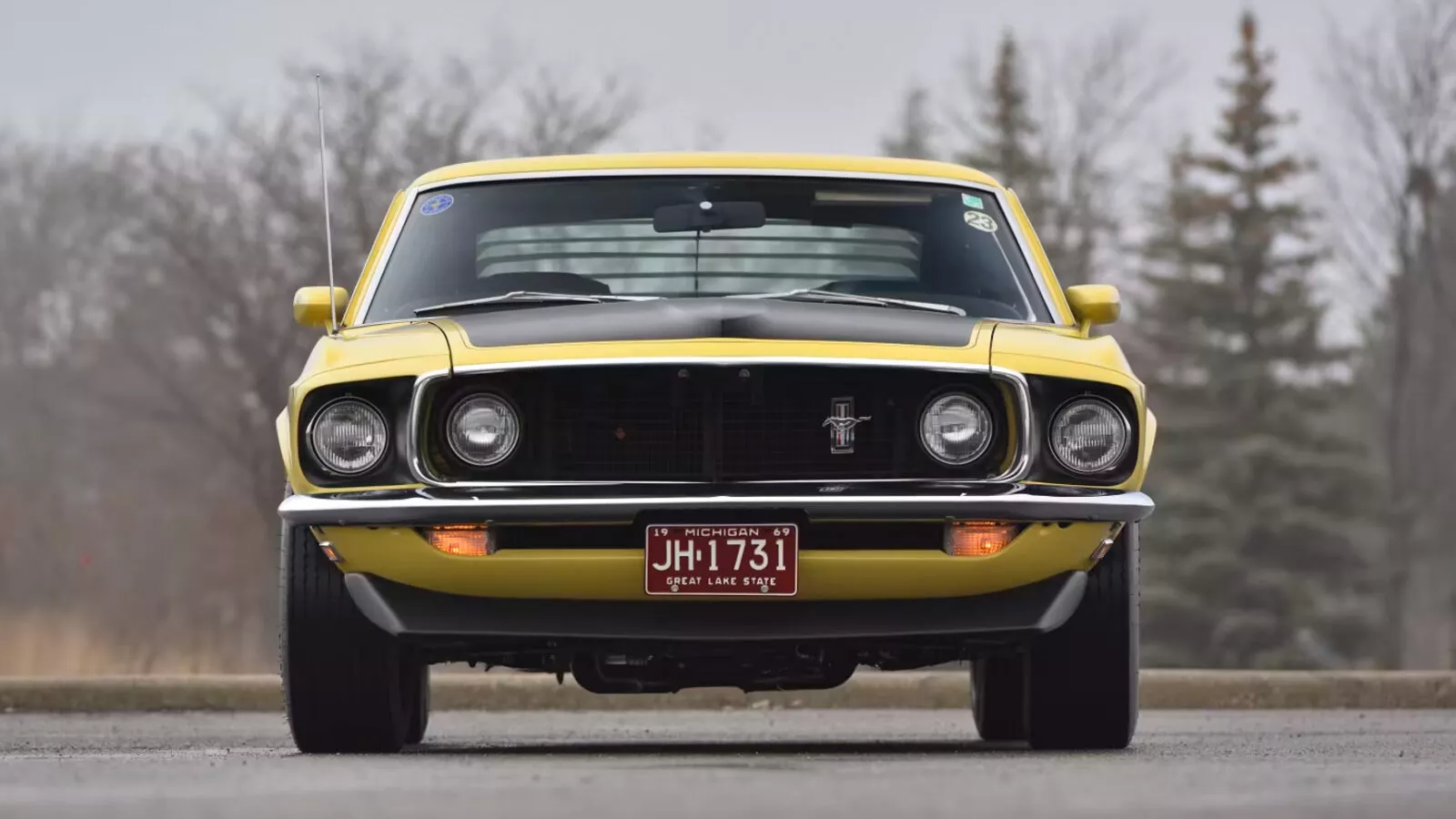This 1969 Mustang Boss 302 Was Used as Benchmark to Design Mopar Muscle Cars
The intriguing story behind a classic 1969 Boss 302 Mustang, originally purchased by Chrysler Corporation, and its role in shaping the era's muscle car competition.












Chrysler's Strategic Acquisition
In May 1969, Chrysler Corporation made an unconventional move by purchasing a 1969 Boss 302 Mustang from Ed Schmid Ford in Michigan. The purchase wasn't for ordinary purposes; Chrysler intended to utilize the Mustang in the development of its upcoming rivals to Ford and Chevy's muscle car dominance: the Dodge Challenger T/A and Plymouth AAR Cuda. This acquisition marked a strategic maneuver in the intense competition of the Trans Am series, where each major automaker sought to outdo the others on both the track and the street.
The Significance of the Boss 302 Mustang
The Boss 302 Mustang was not just any ordinary car; it was a significant player in the Trans Am pony car wars. Equipped with specialized features tailored for performance, including heavy-duty suspension, Magnum 500 wheels, and a potent 290 HP engine, the Boss 302 was purpose-built for racing dominance. Its distinctive design elements, such as the Larry Shinoda-designed side C-stripes and black-out hood, made it instantly recognizable on both the road and the track.
Unveiling the Specs
With its 4-bolt main Windsor block, Cleveland 4-barrel heads, and a solid-lifter cam, the Boss 302 engine was a powerhouse designed to excel in competitive racing environments. Paired with a Toploader 4-speed manual transmission and a 9-inch rear axle, it offered both speed and agility, crucial attributes for success in the Trans Am series.
Documented History and Recognition
This particular yellow Boss 302 is not just a relic of automotive history; it's a meticulously documented piece of it. With its original bill of sale to Chrysler, a Ford warranty OwnerCard, and an Elite Marti Report, its provenance is beyond reproach. It has even earned recognition from the Mustang Club of America, receiving the Authenticity Award in 2008, further solidifying its place as a noteworthy collector's item.
Legacy and Impact
Despite the Dodge Challenger T/A and Plymouth AAR Cuda's failure to secure victories on the track in 1970, this Boss 302's legacy lives on. Its role in aiding Chrysler's development efforts and shaping the era's muscle car landscape cannot be understated. While it may have been a footnote in racing history, its story continues to captivate enthusiasts and collectors alike, offering a unique perspective on an iconic era in automotive history.
A Unique Addition to Mopar Collections
For enthusiasts with a penchant for Mopar vehicles, this Boss 302's quirky backstory adds an intriguing dimension to any collection. While it may not have worn the Chrysler badge, its connection to the development of the Dodge Challenger T/A and Plymouth AAR Cuda makes it a compelling piece of automotive history worth preserving and celebrating.
>>Join the conversation about this Boss 302 right here in the Mustang Source Forum!
For help with service and mods on your Mustang, visit the how-to section of our sister site MustangForums.com.
